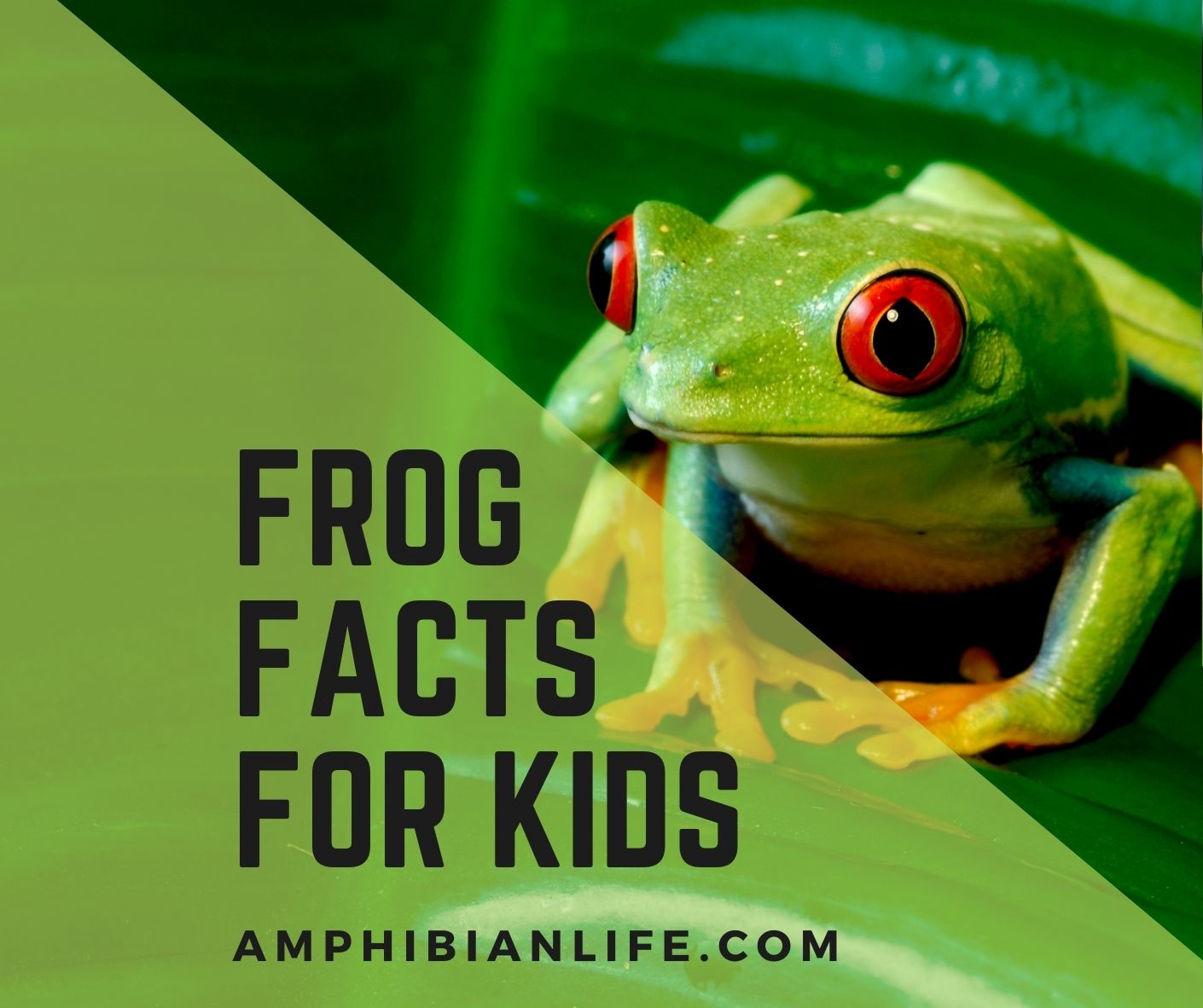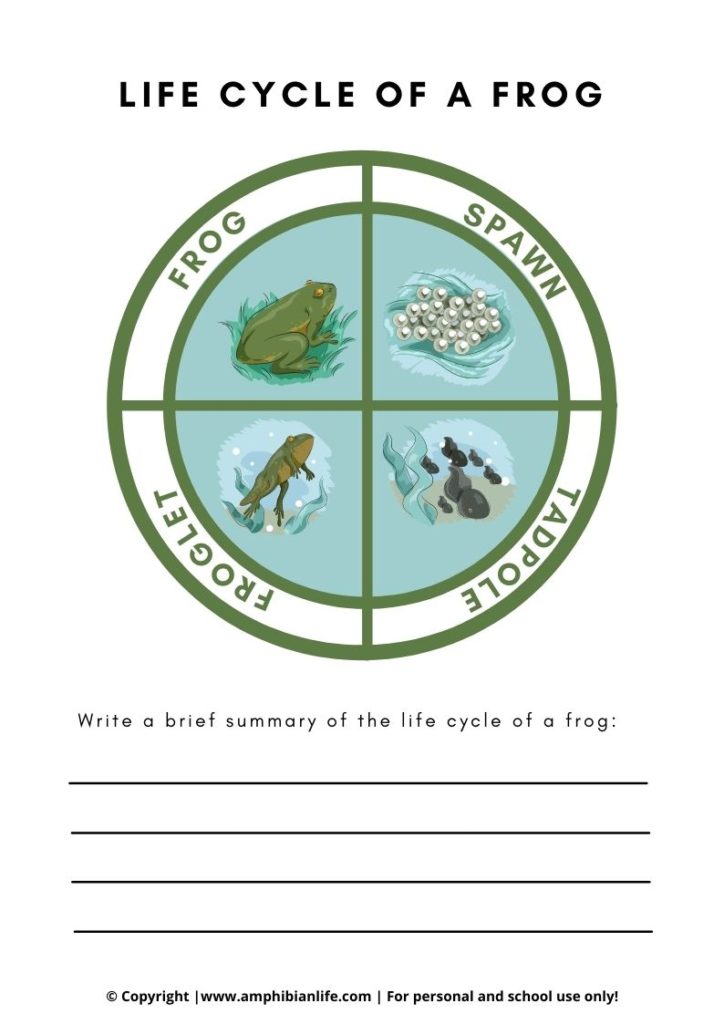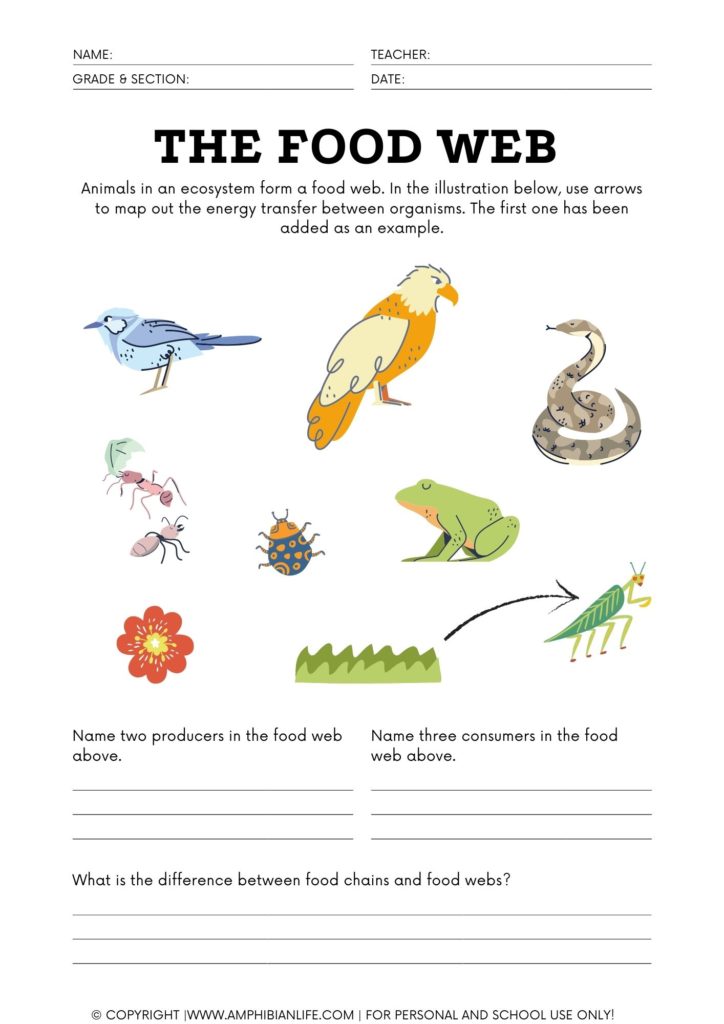
Frogs are the tailless amphibians that can survive in both water and land.
They are fascinating creatures known for croaking, bulging eyes, and their high jumps.
Frogs are no threat to humans, and thus, you can easily find them near residents and offices.
You may have seen barely any other colored frog than green, but do you know that isn’t the limitation.
Yes, frogs are present in so many bright and different colors.
The frog’s lifecycle is quite interesting than most of the other amphibians.
However, those who have studied frogs in detail claim that facts about frogs are even more fascinating.
From common to interesting, weird, and scary, here are lists of Frog facts for kids. Have a look:
Weird facts about frogs/ Scary facts about frogs
Frogs are the most diverse amphibians in the world, and you can find them almost anywhere around.
Frogs are amazing, but do you know some weird facts about them? Let’s put light on a few:
- You will find Frogs on every continent except Antarctica.
- Frogs commonly can jump 20 times higher than their height.
- There are frogs in every Rainbow color available in the world. Though most of except green can prove poisonous.
- Despite drinking water from their mouth, Frogs drink water from their skin.
- While eating, frogs cannot keep their eyes open.
- Paedophryne amanuensis, the tiniest frog in the world, sizes no more than a housefly.
- A golden poison dart frog produces 1 gram of toxin from its skin, killing nearly 10,000 people.
- Frogs shed their skin once a week and usually eat it.
- Glass frogs have such transparent skin that even their internal organs are visible. One can even observe their heart beating and intestine digesting. It is actually really weird to observe.
- Of the 8000 known amphibian species in the world, over 90% of them are frogs.
Fun Frog Facts for Kids/ KidZone frog facts
Frogs are the cutest amphibians with fascinating qualities and features.
Have a quick look at some fun frog facts for kids. Let’s figure out how many you actually knew.
- Frogs are amphibians who can live in both land and water.
- However, several frog species are native only to water and cannot survive on land.
- Frogs lay their eggs in the water. A group of frog eggs is known as a frogspawn.
- Frog eggs hatch into tadpoles.
- As a group of sheep is called a flock, a group of frogs is referred to as an Army.
- They do not drink water instead soak/ absorb it.
- Frogs breathe through their skin and nose, both.
- Despite the fact that frogs can live in both land and water, they need to live near any water body.
- A frog’s skin should always stay moist, and if it dries out, frogs can even die.
- Differentiating between male and female frogs is easy. The ones with large ears are male, whereas the ones with small are females.
- Frogs can catch them pray with their tongue even without moving close to it.
- By pushing down the eyeballs, frog pushes their food down into their throat.
- Frog’s eyeballs basically help them in swallowing food.
- A frog’s call is known as Croak.
- Frogs have their eyes and nose on top of their heads.
- This is why, despite being underwater, they can easily breathe and see around.
- Frogs can see 360 degrees around.
- They can move their eyes in all directions and angles according to their need.
- They can hibernate, and in extreme conditions, frogs can even enter Torpor.
- Torpor is a stage of mental and physical inactivity thats lasts for several months.
- Goliath Frog is the largest frog species in the world.
- They can grow over 1 foot (12.5 inches) and can weigh up to 7.2lbs.
- As per claims, Goliath Frogs are endangered today.
- You can find Goliath frogs Cameroon in West Africa.
- Paedophryne amanuensis is the smallest detected frog in the world.
- It sizes no more than half an inch and is nearly fly-sized.
Interesting frogs’ facts/ Cool Facts About Frogs
Have a look at some of the cool Frog facts for kids and learn some marvelous things.
- During their frogspawn, a single frog can lay eggs of as many as 4000.
- They have long back legs and webbed feet that help them in swimming and jumping.
- Several frogs can jump over 20 times their body length. Bullfrogs are recorded jumping as high as 7 feet.
- Frogs eat a varied diet, though they are commonly dependent upon meat. They can feed on anything from grasshoppers, locusts, mealworms, tongues, snails, slugs, and algae.
- As found in Seychelles, East Africa, a male frog will carry its young on its back until they grow adult.
- While frog study is called Herpetology, the ones who study frogs are called Herpetologists.
- Every year during hibernating, frog bones create a new ring, similar to trees. With these rings, scientists and researchers can discover a frog’s age.
- Do you know, back in the 19th century, people in England thought those frogs fell on earth with rain. With that belief, they even tried catching them to develop enough proof. The confusion only grew because frogs commonly come out in the rain.
- There’s a special species of desert frog that can go seven years without getting wet in water. They have a special transparent bag that helps them maintain moisture. However, with the first rain, the desert frog will eat their own moisture bag and will further get wet in rain.
- You may have seen frogs with round and poppy eyes. But do you know? Frogs’ eyes can even come in triangular or star-shaped (their pupils). Their eye color can range from anything, including gold, brown, green, silver, and red.
- Scientists have recently found that a frog’s skin develops a unique position. This poison works as a painkiller that is 200 times more powerful than morphine.
- An egg starts showing signs of life, so a male Darwin’s Frog will take it in its mouth. They will keep it this way until the eggs fully emerge into froglets.
- Do you know? Frogs cannot survive in both sea and salty water.
Fascinating/Amazing Frog Facts
- Frogs shed their skin every week. They will further eat their own dry skin.
- Like frogs, even their eggs require moisture.
- For example, a poison dart frog lay eggs on the forest floor and will urinate over them to maintain moisture.
- There are several frogs in the world whose crock is audible even a mile away.
- Mountain chicken or the Leptodactylus fallax is a giant ditch frog that keeps a check on its tadpoles.
- If there is a shortage of food, they will deposit unfertilized eggs for feeding their tadpoles.
- A frog in the wild lives for nearly 3 to 6 years. In contrast, a frog in captivity or as a pet life for 10 to 20 years.
- Until now, scientists have discovered over 5000 different frog species from 6 different continents.
- Frogs are known as excellent biological indicators of the wider health of ecosystems.
- Commonly most amphibians are classified within this category.
- As per Egyptian mythology, Heget is an Egyptian goddess of fertility and water. Also,
- Egyptians take frogs as divine powers of fertility, regeneration, and rebirth.
- Baby frogs or tadpoles have no lungs but gills.
- However, before they grow up mature, their lungs grow as well.
- Male frogs are smaller and lighter than female frogs.
- A wood frog of North America has a unique hibernating habit.
- They freeze during winter and then reanimate in Spring.
- In winters, their cells freeze to replace them with glucose and urea, which keeps them from collapsing.
- Though with Spring, their body warms up and reworks like they were never freezing.
- Indonesian frog, the Barbourula kalimantanensis, is the only frog with no longs. They breathe through their skin.
- Phyllomedusa sauvagii, or the waxy monkey frog, used a special wax that protects them from drying out.
- They release this wax from their next and then rub it all over their body with the help of their legs.
- There are several frogs with teeth or particularly the upper jaw.
- However, instead of chewing, frogs hold their prey in place with those teeth.
- Blue jeans frogs, found in Costa Rica, are the most popular amphibian in the region.
- People also call them Strawberry frogs for their red body and blue legs.
- Frogs’ skin is permeable, which lets them absorb oxygen and water through their skin.
- However, its adverse side is permeable skin can absorb other harmful gasses and liquids.
Toad facts for kids
All toads are frogs, but not all frogs are tods. Toad is a term used to define frogs that possess dry and warty skin along with shorter hind legs.
- Tadpoles have no lungs; they have gills.
- They grow lungs before they mature into a frog.
- Toads are biologically similar to frogs, with a few differences.
- Like frogs, there are no frogs in Antarctica.
- However, it is difficult to find toads in New Guinea, Madagascar, and New Zealand Islands.
- While a group of frogs is called Army, a group of tods is called Knot.
- Cane toads are so toxic that if humans eat their skin, they can die on the spot.
- When threatened by predators, tods can puff themselves to appear bigger or can play dead.
- They will hibernate through the winter.
- Toads in the wild survive nearly 1 to 2 years on average.
- This number can even go up to 10 years in some cases.
- However, toads in the captive can live up to 39 years record.
- Unlike frogs, toads taste bad. Though with flavors, people across the world love adding them to their meals.
- A female Surinam toad can lay up to 100 eggs at a time, she distributes these eggs on her back.
- Further, her skin around the eggs swells to become like a honeycomb structure.
- Once the eggs fully develop (after 12-20 weeks), she will push the eggs via the membrane covering her back.
Frog Facts, Worksheets & Infographics For Kids
FREE Life Cycle of a Frog Worksheets for Preschools


Conclusion
Ok, Did you find the Frog facts fascinating and surprising, or did you know about them already?
Though we hope that we successfully made you learn something new about frogs from all around the world.
